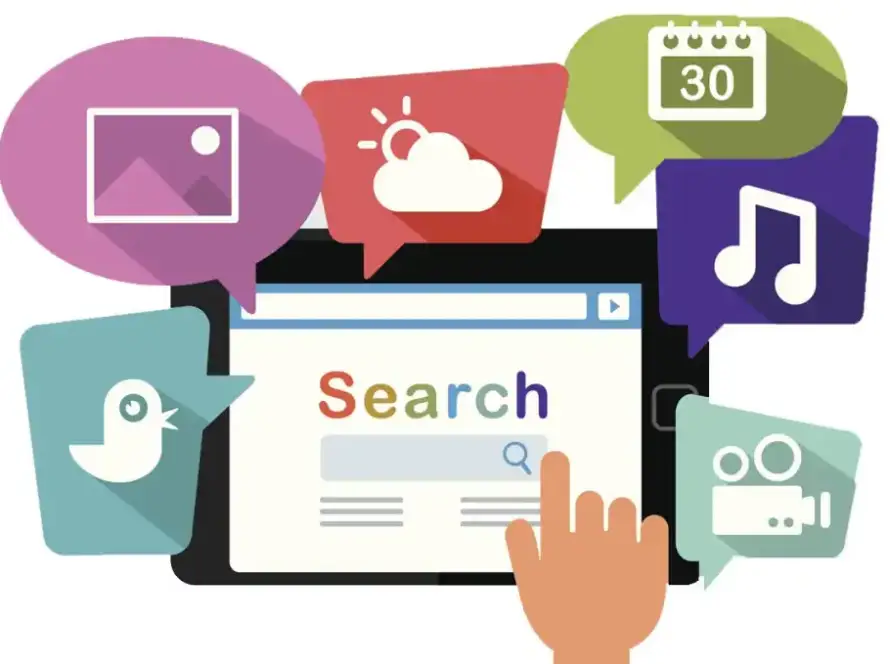When it comes to web design, we often focus on layout, functionality, and content. But have you ever considered how colors can play a powerful role in shaping user perception? It’s true! The psychology of color in web design is a fascinating subject that can greatly influence user behavior. In this blog post, we’ll delve into the emotional impact of different colors and how they can subtly guide users on your website. So, let’s explore the world of colors and discover how to use them effectively to create an engaging online presence.
-
The Influence of Warm Colors:
Let’s start with warm colors like red, orange, and yellow. These hues have the power to evoke strong emotions such as passion, excitement, and enthusiasm. Incorporating warm colors into your website can help create a sense of urgency, draw attention to important elements, and encourage action. For example, using a red call-to-action button can create a sense of urgency, enticing users to click and take immediate action. -
The Calming Effect of Cool Colors:
Cool colors such as blue, green, and purple tend to have a calming and soothing effect. They evoke feelings of trust, tranquility, and stability. Implementing cool colors in your web design can be beneficial when you want to create a sense of reliability and professionalism. Consider using shades of blue to instill trust in your brand or incorporating green to promote a sense of harmony and environmental awareness. -
The Vibrant World of Bright Colors:
Bright and vibrant colors like neon pink, electric blue, and sunny yellow can add a dash of energy and playfulness to your website. These colors attract attention and create a lively, youthful atmosphere. However, it’s essential to use them strategically, as too much brightness can be overwhelming and distract users from important content. A well-placed splash of a bright color can highlight key elements and infuse your website with a sense of excitement. -
The Elegance of Neutral Colors:
Neutral colors such as white, black, gray, and beige are often associated with simplicity, elegance, and sophistication. These hues provide a clean and timeless backdrop that allows other elements to shine. Utilizing neutral colors in your web design can help create a modern and professional aesthetic. Additionally, they provide a sense of balance and allow users to focus on your content without unnecessary distractions. -
Cultural and Contextual Considerations:
It’s important to remember that the psychology of color can vary across different cultures and contexts. Colors can carry specific meanings and associations that differ from one culture to another. Therefore, it’s essential to consider your target audience and their cultural background when selecting colors for your website. Conducting research and understanding the cultural connotations behind colors will help you create a more inclusive and relatable online experience.
As you can see, the psychology of color in web design goes far beyond mere aesthetics. Colors have the power to evoke emotions, influence behavior, and shape user perception. Understanding the psychological impact of different hues can help you create a visually compelling and emotionally resonant website. By strategically incorporating warm, cool, bright, and neutral colors, taking cultural considerations into account, and conducting user testing, you can create a website that engages users on a deeper level. So, let’s embrace the colorful world of web design and create unforgettable online experiences!





